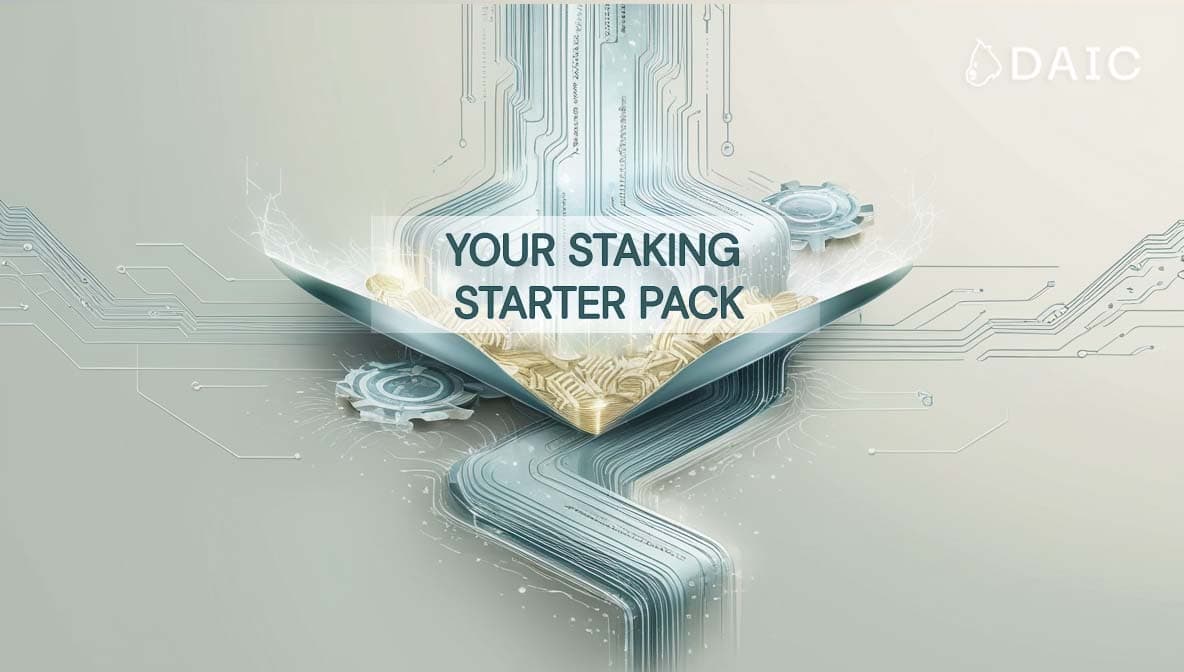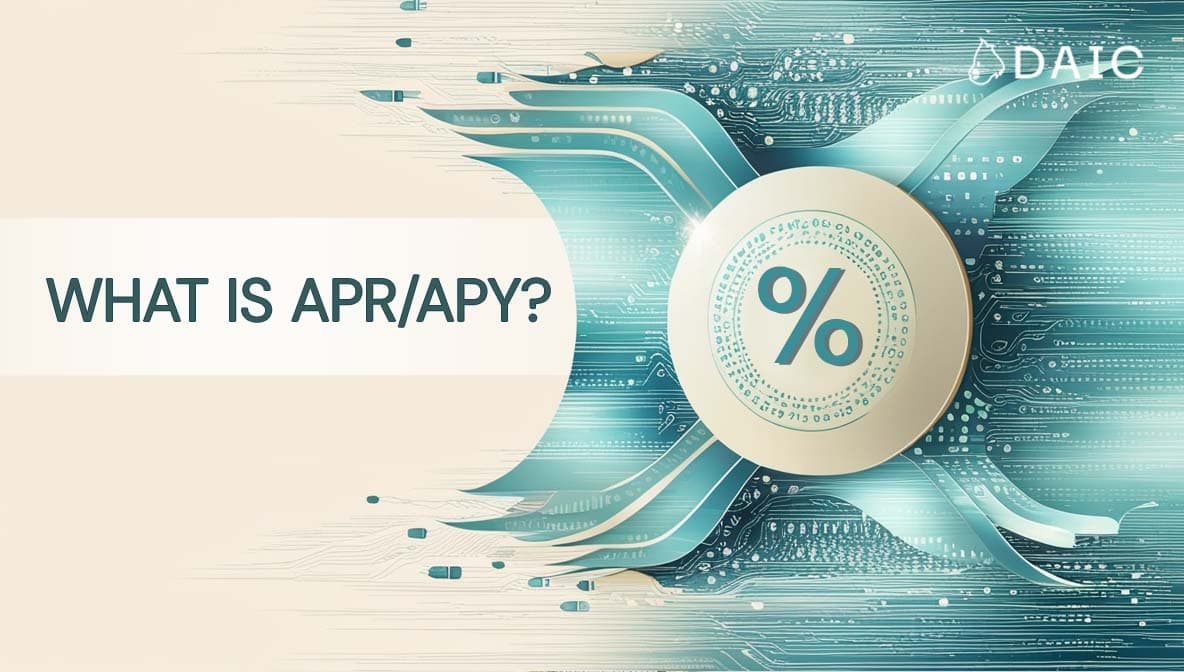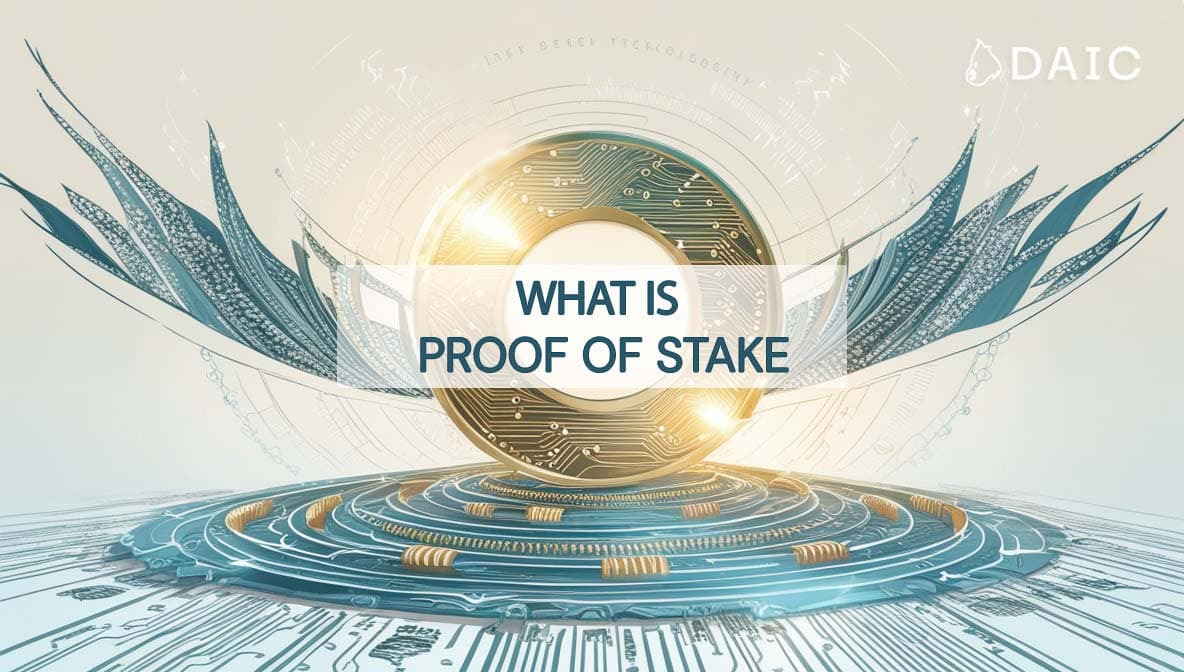Doing nothing, or passive hodling, can be extremely costly in the dynamic world of cryptocurrencies. While the volatility in the market can provide potential for extreme gains, many investors' portfolios lag behind, especially during periods of consolidation or bearish trends. Are your digital assets maximized to their fullest potential, or are they underperforming and failing to generate passive income? It is a key question for any serious investor.
Key Takeaways
- Earn Passive Income: Staking lets your crypto work for you, generating rewards that can be compounded for greater returns.
- Maximize Your Crypto Potential: Unlike just passively holding, staking provides the opportunity to take a more active approach with those blockchain networks that you feel committed to.
- Unlock New Horizons: Among new innovations are liquid staking and restaking, allowing more flexibility and potentially greater returns.
- Become a part of DeFi Growth: Staking lies at the heart of the DeFi revolution, giving you an opportunity to benefit from this fast-evolving ecosystem.
Staking 101: Growing Your Crypto, Explained Simply

In simple terms, staking is the process of locking part of your cryptocurrencies for participation in supporting the blockchain network. This is integral in most consensus mechanisms, like Proof-of-Stake and its variants, on which many modern blockchains rest. But why should any investor consider assigning a part of their portfolio to staking?
Alright, let's unpack some mechanics, numbers, and bigger picture:
Contribution to Network Security: In the process of staking your coins, you contribute to the security of the blockchain network. Validators partly get selected to add a new block to the blockchain based on the size of the stake. The greater the stake, the greater the influence on the network, but the greater the responsibility, too. The more participants with stake, the more the network will be decentralized, secure, and impossible to be controlled by a particular group or individual. In other words, the stake is a vote of confidence in the correctness of the network and protection against malicious activities.
Validation and Governance: Stakers, whether independently or through delegation to validators, are significantly contributing to the network, which maintains it in security and efficiency. Beyond this, many Proof-of-Stake networks also give stakers governance rights, thus allowing them to vote on proposals and make key decisions regarding the protocol's future - a direct way to speak up in how the network develops. In other words, staking can be defined as the active involvement in both the operation and governance of a blockchain.
Reward Mechanism: In many cases, the stakers are rewarded for their provided contribution, usually in additional cryptocurrency. The reward rate is based on a variety of factors including the network being utilized, the amount being staked, and overall network activity. At the end of 2024, staking rewards across major chains were between 4-12%, some projects give even higher returns. Accordingly, Ethereum offers an approximate staking APR of 4-5%, Solana has been known to offer APRs in the range of 7-10%, while Cosmos, yielding the highest among blockchains, can offer staking yields of up to 22% at the highest.
Market Growth and Adoption: While Proof of Stake is a powerful driver for the blockchain market - a real bomb is the increasing staking services. The rise of DeFi services creates new horizons that open up for validators and innovative applications based on them. The current rapid development of liquid staking and re-staking fuels all these processes and attracts new waves of investors, thirsty for higher yields and adaptability. This gives an idea of the scale of the staking market and its growing relevance in the crypto ecosystem.
Traditional Finance Analogy: You may consider this as earning interest on your assets or investing in a company that pays you dividends. But instead of using a centralized bank or corporation, you directly become part of a blockchain network and manage your income. These rewards are considerable, larger compared to typical interest rates, and the added value is your voice within the governance of the network towards a more open, safer, and fair financial world without centralized intermediaries.
Cost of Inaction: Let’s consider the flip side - the cost of inaction, the cost of not staking. As such, it is like maintaining money under your mattress without putting it into a high-yielding savings account. You are not only missing out on the possible return on investment, you are also staying aside. And this only gets higher with the introduction of liquid staking and, quite recently, restaking.
Choosing Your Strategy

Now that you have a better understanding of the power and the potential of staking, let's look at the different approaches available. Think of it as choosing the right tool for the job, depending on your technical expertise, risk tolerance, and desired level of involvement.
With so many options, choosing the right staking strategy becomes important. Here's a breakdown of key factors to consider:
- Your Technical Expertise: Are you comfortable running your own node, or does a more user-friendly approach, with delegation, resonate better with you?
- Risk Tolerance: With higher possible rewards comes higher risk. Understand the risks involved in each manner of staking, from slashing penalties for validator misbehavior to others.
- Your Target Returns: Every option of staking has varied rewards (APR). Study the rates and make a comparison, remember, the rate might change as the market fluctuates.
- Lock-Up Periods: Some forms of staking will require you to lock up your assets for a specific period of time. For liquid staking, much more flexibility is allowed.
- Your Blockchain of Choice: Your options will depend on what blockchain network you plan to stake.
- Custodial or Non-Custodial approach: You may use custodial services for staking because of their convenience, but you entrust your crypto to a third party. On the other hand, with Non-Custodial, you control your keys and access to your assets.
Main Types of Staking
Following is the overview of major types of staking:
Solo staking: Run your validator node for full control over a PoS network, this requires technical expertise and incurs a significant stake.
Delegated Staking: You may remain hands-off while delegating your stake to a validator who actually operates on your behalf.
Cold Staking: The ability to stake from an offline wallet for increased security, this is perfect for large holdings.
Want to know more about the different types of staking? Read our comprehensive article "Expanding Staking Horizons: Types of Staking".
Where to Stake
Centralized Exchanges (Custodial): Exchanges such Coinbase, Kraken, and Binance allow for easy staking of a number of cryptocurrencies.
Staking-as-a-Service (Custodial/Non-Custodial): These are platforms that are not exchanges but also facilitate staking. They may help you get better rewards.
Crypto Wallets (Non-Custodial): Many software wallets today allow direct staking through the wallet and give complete control of the keys.
- Software Wallets: For example, Keplr wallet for Cosmos makes it quite straightforward in staking and choosing a validator, like DAIC Capital, without ever compromising control of your assets.
- Hardware Wallets (Cold Wallets): Ledger and Trezor provide cold storage for the private keys, giving the most security to the owner of these keys while performing non-custodial staking.
Take a look at our detailed article: "Beginner's Guide to Staking Cryptocurrency: Everything You Need to Know"
Security Notice!
Use only well-reputed platforms and validators with a good track record of security. Do your own research (DYOR) and never stake more than you're willing to potentially lose.
Level Up Your Staking Game
The world of staking has innovative ways to maximize your returns and liquidity. The fact that we are now talking about more than just APR is where things get really interesting.
What makes things truly exciting is the power of compounding, this means your rewards will start earning rewards. Picture a snowball rolling downhill as it grows larger with every rotation-that's compounding in a nutshell.
But that's just the beginning.
For the truly adventurous, yield farming offers a highly efficient version of staking. If you lend your staked assets to DeFi protocols, you can get drastically higher rewards, but that way is much riskier. If flexibility is your main concern, then liquid staking provides an elegant solution. Imagine earning rewards on your staked assets without having to lock them up. This innovative approach allows you to earn rewards without sacrificing the freedom to trade or use your staked tokens.
The other strong approach would be restaking, which allows for further maximization of returns through leveraging staked assets across many networks to multiply their potentials in generating returns.
These advanced staking strategies represent a higher degree of sophistication in the engagement with the crypto ecosystem and demand careful consideration and research.
Your Staking Starter Pack

This Beginner-Friendly Guide: You are already reading it!
Explore Cosmos Ecosystem: As was said before, Cosmos offers the highest APR among other networks (up to 22%), but you can delegate your ATOM, OSMO, or other Cosmos-based assets. Here at DAIC Capital, we provide an easy and secure way of earning staking rewards, and by delegating to us, you can tap into these returns without the complexities of running your own node. We are committed to strong performance, reliability, and community participation. We also maintain an insurance fund to protect our delegators - giving you added peace of mind.
Start staking with us: While you are reading this article, it is possible to start staking just now and here in a few clicks, and without going to third-party services or passing a tedious registration with one. Our service is noncustodial, and you always have absolute control of your assets!
The First Stake Challenge: To get your feet wet, why not try staking a small amount of crypto for a week? It's a great way to experience the process firsthand and see your crypto start working for you!
FAQs: Busting Staking Myths
Is staking a scam?
Absolutely not! Staking is a legitimate way to participate in blockchain networks and earn rewards. However, well-known, reputable providers are the best route.
Do I need to be a millionaire to stake?
Not at all! While some coins may have minimum staking requirements, as a delegator you may start with a small amount, as a few dollars.
Isn't staking super complicated?
Not necessarily! User-friendly services have opened the door for staking to all, including those who aren't tech-savvy.
Are staking rewards taxable?
Generally, yes. Staking rewards are considered in most jurisdictions as income and thus are taxed.
The information provided by DAIC, including but not limited to research, analysis, data, or other content, is offered solely for informational purposes and does not constitute investment advice, financial advice, trading advice, or any other type of advice. DAIC does not recommend the purchase, sale, or holding of any cryptocurrency or other investment.


